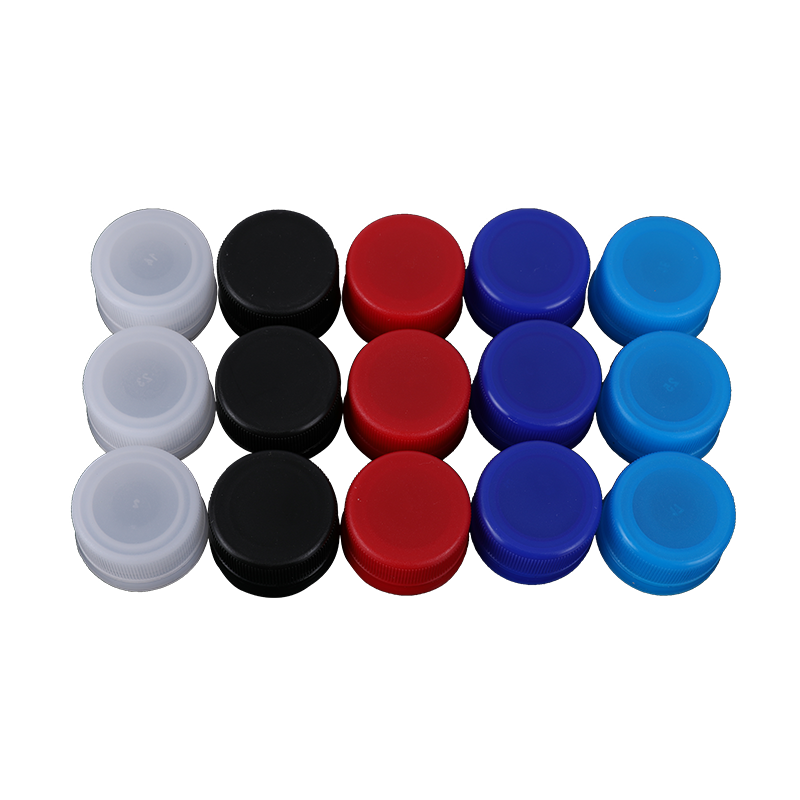Polyethylene terephthalate is the most important type of thermoplastic polyester. The English name is Polythylene terephthalate, referred to as PET or PETP (hereinafter referred to as PET), commonly known as polyester resin. It is a polycondensate of terephthalic acid and ethylene glycol. Together with PBT, it is collectively referred to as thermoplastic polyester, or saturated polyester.
In 1946, the United Kingdom issued the first patent for preparing PET. In 1949, the British ICI company completed the pilot test, but after the United States DuPont purchased the patent, the production facility was established in 1953, which was the first in the world to realize industrial production. In the early days, almost all PET was used for synthetic fibers (commonly known as polyester in our country, really good).

Since the 1980s, PET has made breakthroughs as engineering plastics, and nucleating agents and crystallization accelerators have been successively developed. At present, PET and PBT together as thermoplastic polyesters have become one of the five major engineering plastics. my country's PET production scale lags far behind several major foreign manufacturers.
In the 1980s, my country gradually introduced advanced PET resin synthesis equipment from 10,000 tons to hundreds of thousands of tons from abroad, and the quality and output have made considerable progress. According to statistics from the China Textile Institute, my country produced 1.74 million tons of PET chip resin in 1997, of which the production capacity of chip resin for high-viscosity packaging (beverage bottles and packaging sheets, etc.) was 22.
40,000 tons, so there are sufficient sources of resin for the production of PET engineering plastics. Since the equipment for preparing various blended modified PET plastics is common with other polymer blending and modifying devices, domestic compounding extruders and other manufacturing have also formed a certain scale, so as long as the market is developed, domestic PET plastics The production will also grow rapidly.
Characteristics and applications of polyethylene terephthalate (PET) One. Characteristics PET is a milky white or yellowish highly crystalline polymer with a smooth and shiny surface. Creep resistance, fatigue resistance, friction resistance and dimensional stability, low abrasion and high hardness, have the greatest toughness among thermoplastics; good electrical insulation performance, low temperature influence, but poor corona resistance.
It is non-toxic, weather-resistant, chemical-resistant, low water absorption, resistant to weak acids and organic solvents, but not immersed in hot water or alkali. PET resin has high glass transition temperature, slow crystallization speed, long molding cycle, long molding cycle, large molding shrinkage, poor dimensional stability, crystallization molding is brittle, and low heat resistance.
Through the improvement of nucleating agent, crystallization agent and glass fiber reinforcement, PET has the following characteristics in addition to the properties of PBT: 1. The heat distortion temperature and long-term use temperature are the highest among thermoplastic general engineering plastics; 2. Because of its high heat resistance, the reinforced PET is immersed in a solder bath at 250°C for 10 seconds, and it hardly deforms or discolors. It is especially suitable for the preparation of soldered electronic and electrical parts; 3. 3. The bending strength is 200MPa, the elastic modulus reaches 4000MPa, the creep and fatigue resistance are also very good, the surface hardness is high, and the mechanical properties are similar to those of thermosetting plastics; Since the ethylene glycol used in the production of PET is almost half cheaper than the butylene glycol used in the production of PBT, PET resin and reinforced PET are the lowest in engineering plastics and have a high cost performance.